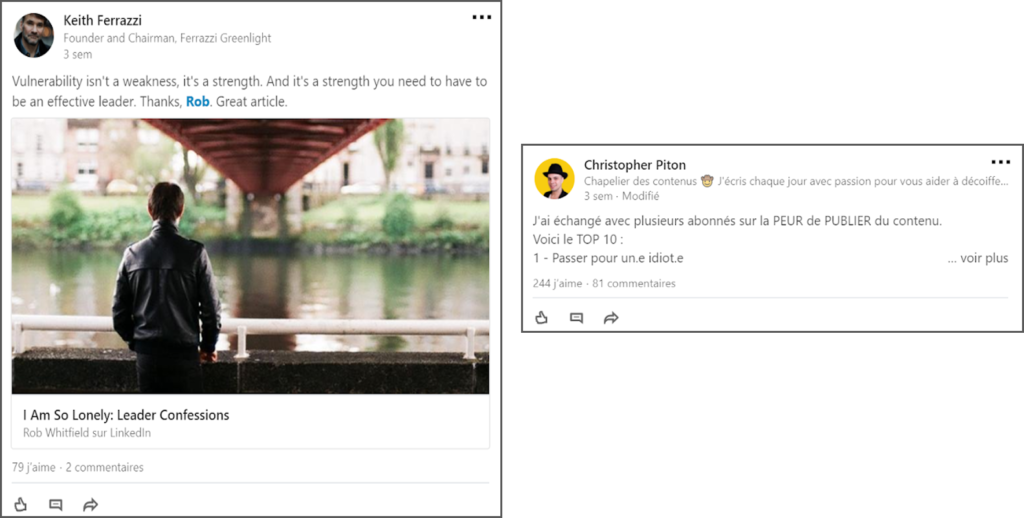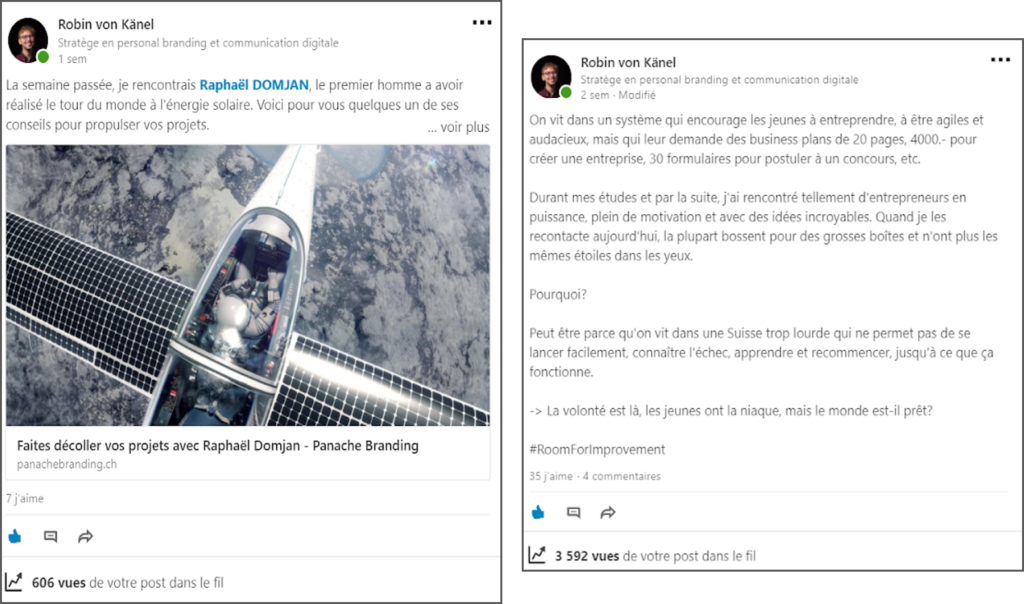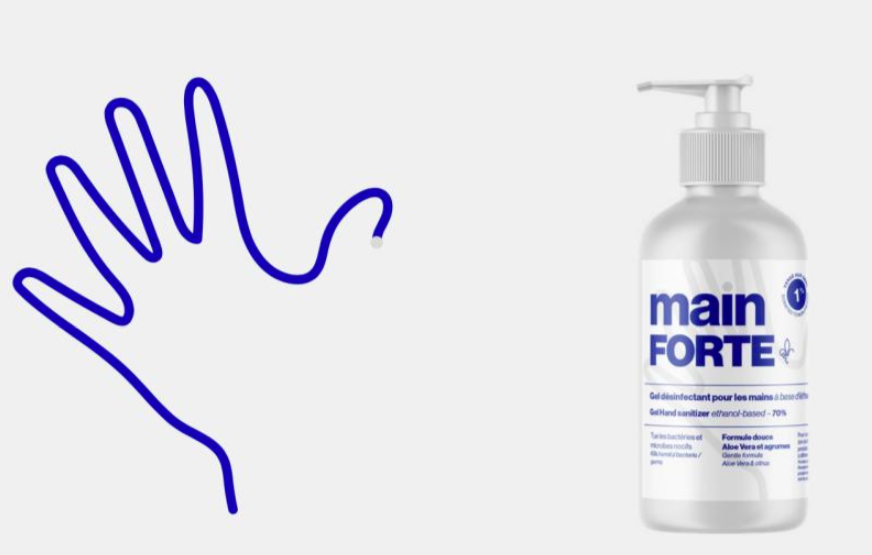That’s what I tell myself when I look at my LinkedIn news feed. I read a post from a renowned author with a network of over 22,000 contacts: 79 likes, 2 comments. Then comes a post from someone less known, light content, but a format we like: a few easy-to-access paragraphs about a personal experience, friendly tone, some advice, ends with a question: 244 likes, 81 comments.
This comparison may seem anecdotal, but it is emblematic of the paradigm shift we are experiencing on social networks:
Today, social media is no longer just a question of communication, but also of IT. Tomorrow’s community managers are people who are able to understand algorithms and tame them.
After browsing several specialized blogs, it becomes clear that understanding the publishing algorithm is vital to be successful on a platform. Indeed, by choosing which content to favor, the different social networks influence what you will read, but also who will read you.
But how do these algorithms really work? How can you optimize your use of LinkedIn? Here are the conclusions I draw from my experience as a personal branding consultant:
Welcome to LinkedIn 2.0!
Since Microsoft acquired LinkedIn in June 2016, the strategy has been clear: to become more than a catalog of resumes, to become a media in its own right. To achieve this, Microsoft is trying to refocus user activity on the platform. The algorithm now favors native content, i.e. content directly created on LinkedIn.
In practice, what does this mean?
As some will have noticed, in-depth content, such as articles or slideshare presentations, has proven itself over the past few years. This trend is increasing with each algorithm update. However, the competition is becoming tough, as more and more amateur writers want to take advantage of this trend. And that’s without mentioning the intelligent software capable of writing articles as well as you and me.
To innovate and quickly gain visibility, you need to take an interest in the newcomer in terms of format: the post sentation.
You’ve probably already seen them. Between 100 and 150 words long, divided into several short paragraphs, without hashtags, they cover any subject, as long as it creates debate. Light and personal topics are addressed in the form of strong opinions, subversive advice or even rants.
I tried the exercise and here is the result:
On the left, below, you can see a publication of external content. The post refers using a link to an article posted on my company’s blog. Despite in-depth content, the use of hashtags followed by many users and the mention of an influencer, the article only has 600 views, 7 likes. A week earlier, I published native content in the form of a long post, relatively superficial, but very personal: 3600 views, 35 likes, including 13 people who subsequently sent me a contact request. (On the right below)
How can we explain the difference?
Simply by the format of the publication. We can see in the analyses below that the external publication was mainly seen by members of my network (left diagram), while the native publication was highlighted on the news feeds of many users not included in my contacts (right diagram).
If you too want to try to gain visibility, here are 5 tips that can help you:
- Content published directly on the platform will benefit from a 10x visibility factor.
- We are all overwhelmed with information, but you can stand out and be yourself: give your opinions, talk about your experience, share your advice.
- Post regularly. A consistent posting cadence will not only increase your audience engagement, but also improve the relevance of your posts in the eyes of algorithms.
- Experiment! There is no magic recipe, you have to try and adapt. LinkedIn’s analysis tools are very good allies in this trial-and-error process.
- Stay informed. Algorithms are regularly updated, which significantly impacts the success of your publications.>
You think you have nothing to say? You are probably more interesting than you think. Just today, I am sure that something happened to you, a situation or a learning that made you think.
Why not share it?
Go for it!






